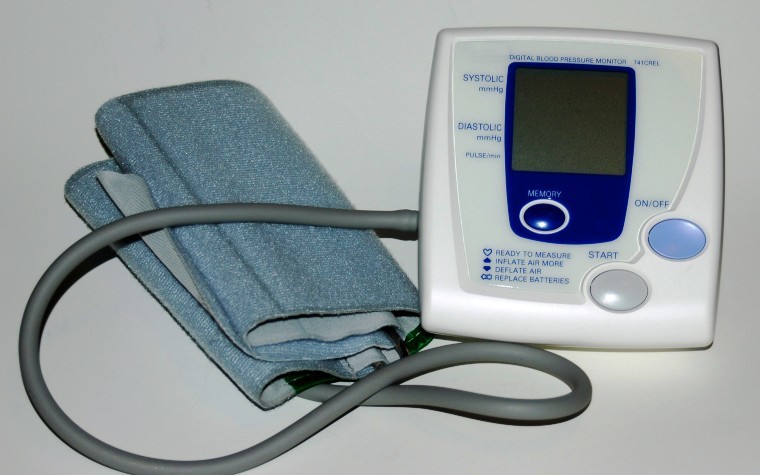
A study funded by the National Institutes of Health (NIH) found that African-American adults living in racially segregated neighborhoods had higher blood pressure than those who moved from the area.
“Our study suggests that the stress and the inadequate access to health-promoting resources associated with segregation may play a role in these increases in blood pressure,” NIH National Heart, Lung, and Blood Institute (NHLBI) Division of Cardiovascular Diseases Director David Goff said in a NIH release. “While stress raises blood pressure, access to health-promoting resources, such as full service grocery stores, recreation centers and health care clinics, is critical to keeping blood pressure at healthier levels.”
Though racial segregation has been linked to health disparities between blacks and whites, the NIH study specifically explored blood pressure in relation to residential segregation. It found that residents who moved outside of the segregated areas had a reduction in high blood pressure.
NIH said 2,280 adults participated in the 25-year Coronary Artery Risk Development in Young Adults (CARDIA) study. The 18 to 30 year olds were screened in 1985 and 1986. They were re-examined several times over the course of the study.
The findings were reported in the May issue of the JAMA Internal Medicine.
The greatest improvements occurred in residents who moved from highly segregated neighborhoods to less segregated areas. The systolic (the top number) blood pressure dropped significantly, from 3 to 5 mm Hg. This effect persisted despite the participants' differences in marital status, smoking history, weight and socioeconomic status.
“This is a powerful effect,” Kiarri Kershaw, a Northwestern University Feinberg School of Medicine assistant professor and lead author, said in the release. “In terms of impact, just 1 mm Hg of reduction of the systolic blood pressure at the population level could result in meaningful reductions in heart attacks, strokes and heart failure.”